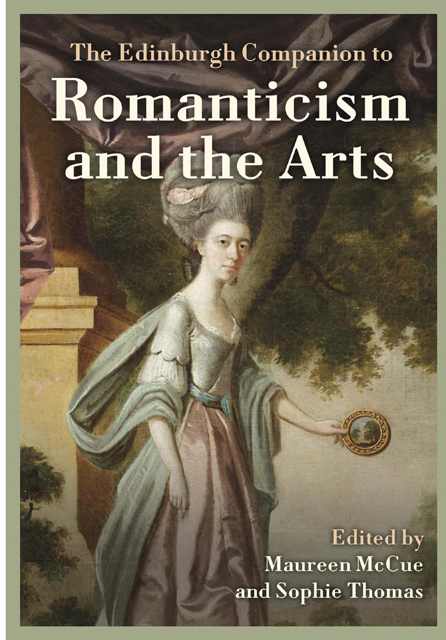8 - Commemoration, Domestic Display and the Decorative Arts: Romantic Nelsonia
Published online by Cambridge University Press: 25 April 2023
Summary
On 13 January 1806, diarist Mary Berry decided to set down for posterity her recollections of Lord Nelson’s funeral, a five-day spectacle of national mourning she had witnessed first-hand the previous week. Her overriding impression was one of disdain for the visual effect created by the event. ‘I had certainly hopes [sic] that it would have been more considerable than it was’, she wrote, ‘although I had little hope of its being conducted with any real taste or solemn effect, knowing that its conduct had not been entrusted to any persons of approved taste themselves’ (Lewis 1865, 309). In Berry’s estimation, the river procession that conveyed Nelson’s coffin from Greenwich to Whitehall Stairs was simply ‘a crowd of boats, in which the immense city barges only were conspicuous’ (309). The next day’s funeral procession from the Admiralty to St Paul’s Cathedral was ‘still less calculated to gratify the feelings’ of the assembled crowd: ‘instead of presenting to their eager eyes the surviving heroes of Trafalgar, following the corpse of their illustrious leader, the naval officers were all put into mourning coaches’, while the sailors of the Victory ‘were marshalled by themselves in another part of the procession’, devoid of fanfare (310). A key factor in the perceived aesthetic failure of the state-organised obsequies was the problem of translating idealised vision into practised reality. As Berry acknowledged, ‘It is much easier to set down upon paper the regulations of a ceremony, such as that the boats of the river fencibles are to line each side of the procession, &c., than to give the effect of a procession so lined on the water in the foggy atmosphere of the Thames’ (309).
If Nelson’s funeral failed, in its execution, to achieve the level of tastefully orchestrated grandeur desired by Berry, the abundance of commemorative merchandise that followed swiftly in its wake aimed to supply the gap between patriotic fantasy and imperfect reality. Mourners who had struggled to distinguish the shallop bearing Nelson’s coffin among the mass of vessels on the misty Thames could console themselves by purchasing an etching by John Thomas Smith that depicted a perfectly synchronised river procession, or a coloured engraving of the principal vessel in close-up from Ackermann’s Repository of Arts on the Strand.
- Type
- Chapter
- Information
- The Edinburgh Companion to Romanticism and the Arts , pp. 146 - 164Publisher: Edinburgh University PressPrint publication year: 2022

